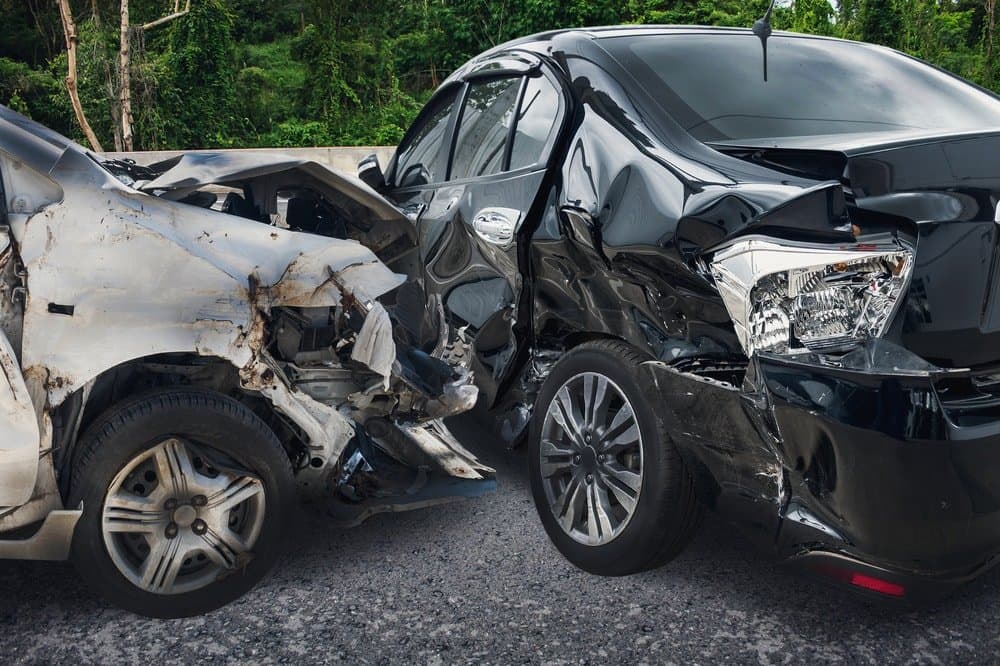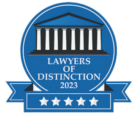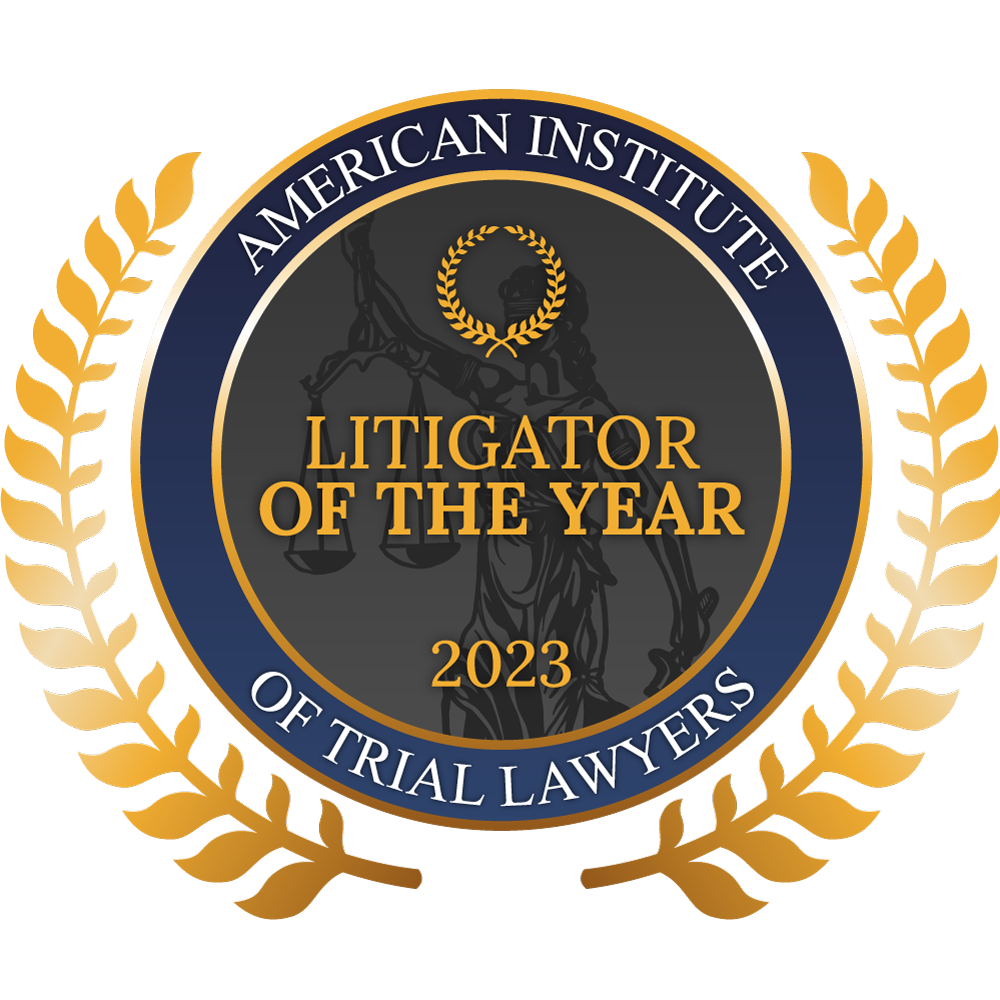
Motor vehicle accidents such as car crashes and motorcycle wrecks are among the most common type of personal injury accidents, leading to thousands of injuries and deaths each year.
According to data from the National Highway Traffic Safety Administration (NHTSA), more than 37,000 people died on our nation’s roads in 2016. After a decade of declining deadly traffic accidents, crash fatalities spiked 8.4 percent in 2015 followed by a 5.6 percent increase in 2016. That is the steepest two-year increase since 1963-64. The dollar amount and frequency of car insurance accident claims also have increased considerably in recent years.
The leading contributor to crashes is driver error. Drivers may cause a crash by speeding, failing to yield, following too closely, being inattentive or distracted, or driving while impaired.
Rollover Collisions
In 2016, the highest increase in car accident fatalities involved multi-vehicle rollovers. Rollover accidents are much more dangerous than other types of accidents.
The causes of rollover accidents are often complex and reflect the intersection of multiple factors, including driver behavior, vehicle type, and road conditions. For example, taller vehicles such as sport utility vehicles, pickup trucks and vans have a higher center of gravity and are more likely to roll onto their side or roof. Contact our Denver truck accident lawyers today.
Rollover accidents are more likely to occur on roads with posted speed limits of 55 miles per hour or higher, according to the NHTSA. Nearly half of these accidents involve a drunk driver. Most fatal rollover accidents involve only a single vehicle.
Single-Vehicle Collisions
Driver errors typically cause single-vehicle collisions.
A driver who is intoxicated, distracted or drowsy may drift into another lane or run off the road. A driver may swerve suddenly to try to avoid debris in the road, then overcorrect and lose control of the vehicle, hitting a guardrail, tree or other object.
From 2015-2016, the number of single vehicle collisions increased by approximately 5.9 percent.
Rear-End Collisions
Rear-end collision accidents often occur because a driver was not paying attention or was following too closely. Distractions such as eating or drinking, changing the radio, or checking social media can easily cause a driver to look away from the road and forget to monitor the distance from other cars on the road.
Even electronic devices that are technically ‘hands free’ can cause dangerous distractions. For example, phone calls on hands-free headsets can divert a driver’s thoughts and slow a driver’s response time to sudden changes in traffic or road conditions.
Images and other events outside the driver’s vehicle, such as another accident scene on the road, may cause distractions. The distracted driver may fail to notice a car ahead slowing down or signaling to enter the lane.
Rear-end accidents also happen when a driver is tailgating or speeding. The injuries following these types of accidents can be severe and may include whiplash, broken bones, and traumatic brain injuries, among others. Determining the cause of a rear-end collision and how your injuries may have occurred will likely require some investigation. It is critical to hire an attorney to help you with your injury claim.
Side-Impact Collisions
A side-impact collision occurs when one vehicle crashes into the side of another vehicle. Usually, the vehicles involved in a side-impact crash are traveling in perpendicular directions at the time of the accident. This type of accident often occurs at intersections.
Side-impact collisions are also referred to as T-bone collisions. They can lead to very serious injuries because the sides of cars offer less protection to drivers and passengers. In fact, the NHTSA notes that regulations exist to protect motor vehicle users and purchasers from side impacts. Federal Motor Vehicle Safety Standard number 214 states detailed requirements that car manufacturers must comply with in order to limit the negative consequences of side-impact collisions.
Side-Swipe Collisions
Unlike side-impact collisions, sideswipe collisions typically involve vehicles that are traveling in the same direction. This type of accident often occurs when one driver tries to move into a lane occupied by another vehicle or is passing another vehicle. Sideswipe accidents also occur when drivers are attempting to avoid a hazard while forgetting about the vehicle on the other side.
Quick swerves, blind spots, or parking along a busy roadway increase the likelihood of a sideswipe collision. Like side-impact collisions, these types of accidents can produce serious injuries because the sides of vehicles may have less protection than other parts of a vehicle.
Contact Us
Since 1977, the car accident lawyers of The Wilhite Law Firm have worked to protect injured people in Denver, Greeley, and across Northeastern Colorado. Our team of experienced injury attorneys is committed to standing up for your rights, building a strong case on your behalf, and seeking justice for you after an injury accident.
We understand the devastation that a serious accident can cause. That is why we are committed to helping you secure the full medical, personal, and vocational compensation for the injuries you suffered so that you can move on with your life. Don’t trust your case to just any law firm. Trust your claim to The Wilhite Law Firm today.
If you were hurt or if you recently lost someone you love in a car accident in Denver, contact The Wilhite Law Firm today for a free consultation.






















